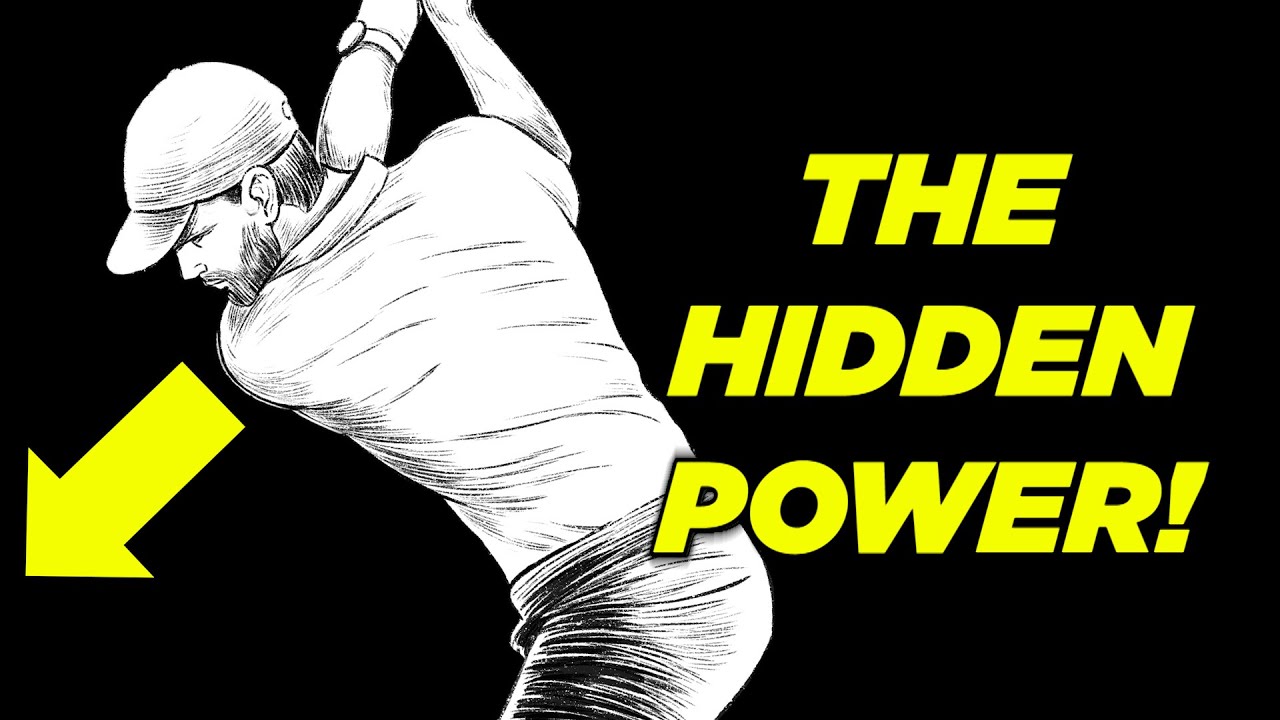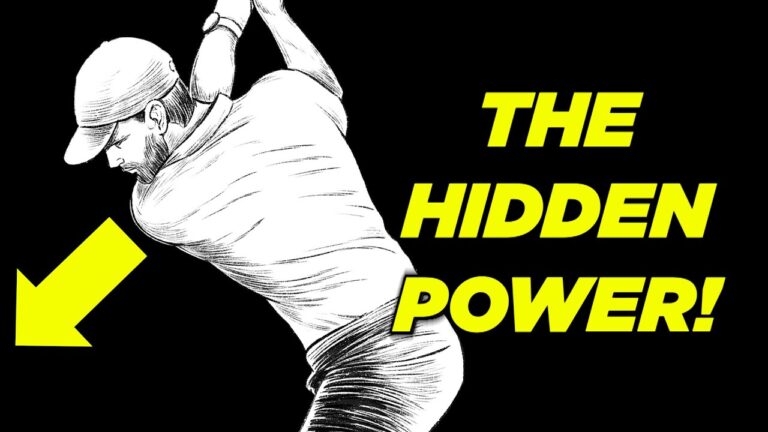
Want to hit longer, straighter shots without reinventing your swing? Discover the key to effortless power! You’ll learn a simple at-home flexibility test, tailored drills for all skill levels, and a practice plan to solidify your skills. Immediate results await those who follow these steps to boost speed and control in their golf swing.
Step 1: Determine Your Flexibility Level
Start with a 30-second test at home to identify the swing style best suited for you and which drills to emphasize.
- Stand about a foot from a support like a wall.
- Rest a club across your shoulders and grip hands behind your neck.
- Rotate your torso as far as possible toward the target side, trying to touch the grip to the reference without lifting your feet.
If you can touch the point keeping both feet on the ground, you’re a flexible golfer. If not, you belong to the less flexible group. This classification will guide your subsequent steps.
Step 2: For Flexible Golfers – The Depth and Travel Drill
Flexibility allows substantial hand displacement and depth at the swing’s top, promoting powerful draws and excellent ball striking.
Try the following drill:
- Stand a foot from the wall in your address position.
- Place the club across your shoulders again, pointing the left hand down.
- Turn to the top of your backswing, aiming to touch the wall with the grip by rotating your torso.
This helps you feel the handle’s depth, crucial for an inside-to-out swing path. Practice this slowly for 10 to 15 reps until comfortable with the depth and travel.
Progression to the Full Swing
After mastering the drill, transition to half swings, focusing on replicating that handle depth. Remember the wall touch sensation during actual swings.
Step 3: Enhance Ball Striking with a Centered Head
If flexible, you have another doorway to better striking: a slightly forwarded address with a deep, low left shoulder. How to practice:
- Adopt your normal stance, put your hands on your thighs.
- Bend forward till fingers touch the top of your kneecaps as your reference point.
- Turn to the top keeping the head steady and fingers aimed at the ball.
This practice guides correct wrist set and upwardly head movement through impact for clean, powerful contact.
Step 4: For Less Flexible Golfers – Embrace the Vertical Swing
Lesser flexibility simply means utilizing your body effectively for swing length and clubhead speed, often found in a slightly higher or more vertical swing.
Drill for Vertical/Floating Arms
- Stand a foot from the wall in normal posture.
- Lift arms upward, off your chest, more vertically from address.
- Maintain this feel of longer arc arms as you pivot to the top.
Enhance effectiveness through small adjustments, like flaring the right foot slightly outward for more ankle and knee turn.
Step 5: The Crucial Downswing Move for Vertical Swings
A vital sequence separates good from poor outcomes in vertical arm swings. Keep arms passive as you begin the downswing until they lower, then rotate through.
- Let arms drop slightly before initiating torso rotation at the downswing start.
- Hips and torso rotation follows once arms fall to a lower plane.
Avoid the classic over-the-top swing by processing the club from an inside path, ensuring more clubhead speed.
Step 6: Understanding Different Styles via Pro Examples
- Rory McIlroy — Highly flexible, Rory earns power through handle displacement and depth.
- Tom Watson & Angel Cabrera — Use vertical arm movement effectively for distance through sequencing.
Both flexibility levels have viable paths — let body type and comfort help determine the best swing for your game.
Step 7: A 4-Week Plan for Effortless Power
Commit to this regimen to integrate drills and movement seamlessly.
Week 1: Assessment & Feel
- Day 1: Conduct the flexibility test, identify your category.
- Days 2-4: 10 to 15 minutes daily with wall touch drill.
- Days 5-7: Initiate half swings, the same feel. Verify technique with video.
Week 2: Enhance Sequencing & Plane Work
Week 3: Refine Speed & Rhythm
Week 4: Transfer Skills to the Course
Step 8: Troubleshoot Mistakes
Common issues like ‘over the top’ swings or loss of balance have fixes within your reach:
Problem: Over-extending or reaching wall during drills
- Solution: Step slightly farther from the wall
Problem: Early downswing rotation
- Solution: Let arms drop before turning
Step 9: Measure Your Improvements
Track progress through contact quality, shot dispersion, and possibly clubhead speed. Maintain a training log reviewing drills, repetition counts, sensations, and strike quality.
Step 10: Know When to Seek Expert Help
If issues like over the top swings or injuries persist, a single lesson or an online swing review focused on sequencing can be invaluable.
FAQs
Q: How often should these drills be practiced?
A: Engage three to five times weekly for optimal results within a few weeks.
Q: Can these drills help if I’ve had past injuries?
A: Yes, modify postures, use supplementary mobility exercises, and always avoid pain.
Enhance your golf game by embracing the approach best suited to your flexibility, improving both swing power and precision.


0 Comments